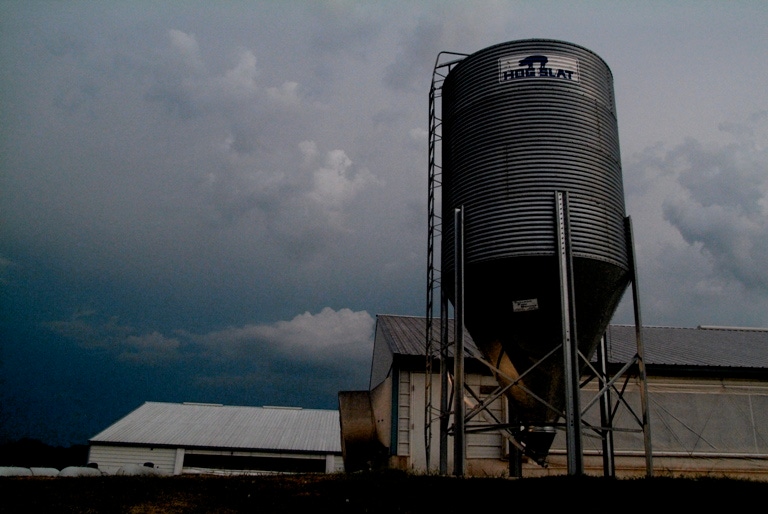Market volatility, or impending storm?
The jury is still out whether or not this is an impending storm. Economics are looking more difficult with higher slaughter numbers and expansion that continues.

In the early months of this year, all factors pointed to 2018 being a relatively good year for pork production. We had abundant grain supplies, adequate packer capacity, reasonable pig health and strong demand for pork both domestically and internationally. In spite of the fact that we harvested 6% more pigs in January (10.714 million versus 10.126 million in January 2017) pork cutout values moved up from $78 early in January to $83 late in the month and the western Corn Belt base price moved up from $60 to $70.
Given the time of the year and where we had been in late-2017, things were looking pretty good. Additionally, we were hitting contract highs for lean hog futures for every month through the next 12 months. Omaha cash corn was $3.25 to $3.45 and meal was $300 per ton or less, so the crush model, for most producers, would predict the next 12 months could be locked up at $15 profit per head, more or less. Hindsight would ask, “Why didn’t we lock them all down at that time and focus on pig production and other things?” Well, I would say, recent history is the reason.
Going back just one year, the market was driven largely by the belly market. And, “largely” might be an understatement. Due to demand, and short cold storage stocks, the belly primal went from under $100 in mid-December of 2016 to over $180 in mid-February of 2017 and then to nearly $215 in late-July. In turn, the belly market moved the pork cutout from $76 in mid-December to $85 in mid-February and finally to a high near $105 in July. No one wanted to leave that kind of market run on the table.
Hedging summer production at $85 meant settling for a $90 cutout, when just a year earlier we reached $15 higher. The problem is several market factors.
1. We have more production! January pork production was up 6% year-over-year, February was up 5%, and March was likely up 5% as well.
2. The supply chain, packers, processors, retail, will better manage supply so they do not get caught short again this year if they can help it. They don’t like the amount of volatility that occurred last year because it makes it almost impossible to manage margins. Prices will be better managed by buying needs ahead and using cold storage to create a buffer, as has always been the case.
3. The final issue related to market volatility is demand. Demand remains strong domestically for pork but the question revolves around how much pork can we export and how quickly can we grow that demand? Pork exports have been around 25% of U.S. production, so simple math would say that if we are going to grow our production by 5% and export all of that extra production, exports would have to grow by 20% to 28.5% of production. This is a tall order, but not impossible (however unlikely). If all trade negotiations were to go our way it would be a challenge to grow that fast and recent trade challenges with the North American Free Trade Agreement, the Trans-Pacific Partnership, and now China are making that growth look difficult.
The jury is still out whether or not this is an impending storm. Economics are looking more difficult with higher slaughter numbers and expansion that continues. We will continue to have more pigs to market into early 2019 if we didn’t start any more sow expansion. I have concerns about total meat production and more beef and poultry (in addition to pork) in the next two years. We may not be heading toward a storm, but the skies are a little darker than before and we are continuing on the road toward them.
About the Author(s)
You May Also Like





